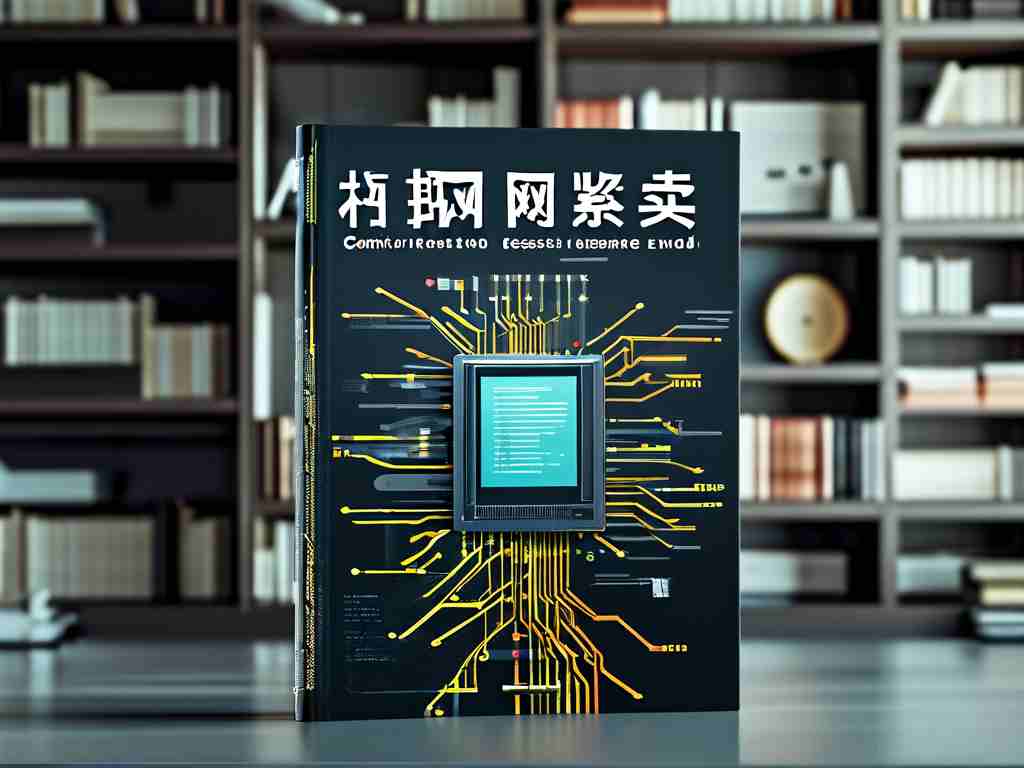Modern computer networks rely on foundational computational methods to ensure efficient data transmission and system reliability. These methods form the backbone of network design, protocol implementation, and performance optimization. This article explores core computational techniques used in network architecture and their practical applications.

1. Packet Switching and Routing Algorithms
Packet switching remains a cornerstone of network communication. Unlike circuit-switching systems, packet-based networks break data into smaller units called packets. Each packet travels independently through optimal paths determined by routing algorithms. The Shortest Path First (SPF) algorithm, such as Dijkstra's method, calculates routes by analyzing link costs in network topology maps. For example:
# Simplified Dijkstra's algorithm pseudocode
def dijkstra(graph, start):
distances = {node: float('infinity') for node in graph}
distances[start] = 0
priority_queue = [(0, start)]
while priority_queue:
current_dist, current_node = heappop(priority_queue)
for neighbor, weight in graph[current_node].items():
distance = current_dist + weight
if distance < distances[neighbor]:
distances[neighbor] = distance
heappush(priority_queue, (distance, neighbor))
return distances
This approach enables dynamic path selection in protocols like OSPF (Open Shortest Path First), ensuring efficient traffic distribution across network nodes.
2. Error Detection and Checksum Calculations
Error detection mechanisms prevent data corruption during transmission. Cyclic Redundancy Check (CRC) and checksum methods verify data integrity through mathematical computations. A checksum generator creates fixed-size values from data blocks using modular arithmetic. For instance:
def calculate_checksum(data):
total = 0
for byte in data:
total += byte
return total % 256
Network devices compare checksums before and after transmission to identify corrupted packets. Modern networks combine these techniques with forward error correction (FEC) to minimize retransmissions in high-latency environments.
3. Bandwidth Allocation and QoS Metrics
Quality of Service (QoS) implementations use computational models to prioritize network traffic. Weighted Fair Queuing (WFQ) algorithms allocate bandwidth proportionally based on predefined weights, while Token Bucket algorithms regulate data flow rates. These methods enable voice-over-IP (VoIP) prioritization over less time-sensitive traffic like email transfers.
4. Cryptographic Hash Functions
Network security protocols depend on cryptographic computations. SHA-256 and MD5 algorithms create unique digital fingerprints for data authentication. Digital certificates leverage these hashes to establish secure TLS/SSL connections. For example, HTTPS handshakes use elliptic curve cryptography to negotiate session keys through mathematical operations on prime numbers.
5. Network Simulation and Modeling
Discrete-event simulation tools like NS-3 employ computational models to predict network behavior. Engineers simulate traffic patterns and node failures using probability distributions and queuing theory formulas (e.g., Little's Law). These simulations help optimize infrastructure investments and disaster recovery plans.
Practical Applications
Cloud service providers apply these computational methods at scale. Google's B4 network uses SDN (Software-Defined Networking) controllers that implement real-time path computation algorithms. IoT networks employ lightweight versions of TCP/IP stack calculations to conserve device resources.
Emerging technologies like 5G networks integrate machine learning models with traditional computational methods. Adaptive beamforming algorithms in 5G base stations calculate optimal signal paths using real-time user location data and environmental variables.
Mastering fundamental computational methods remains critical for network professionals. From basic checksum calculations to complex routing algorithms, these techniques enable reliable and scalable network operations. As networks evolve with AI integration and quantum computing advancements, the core principles of network computation continue to underpin technological progress.






